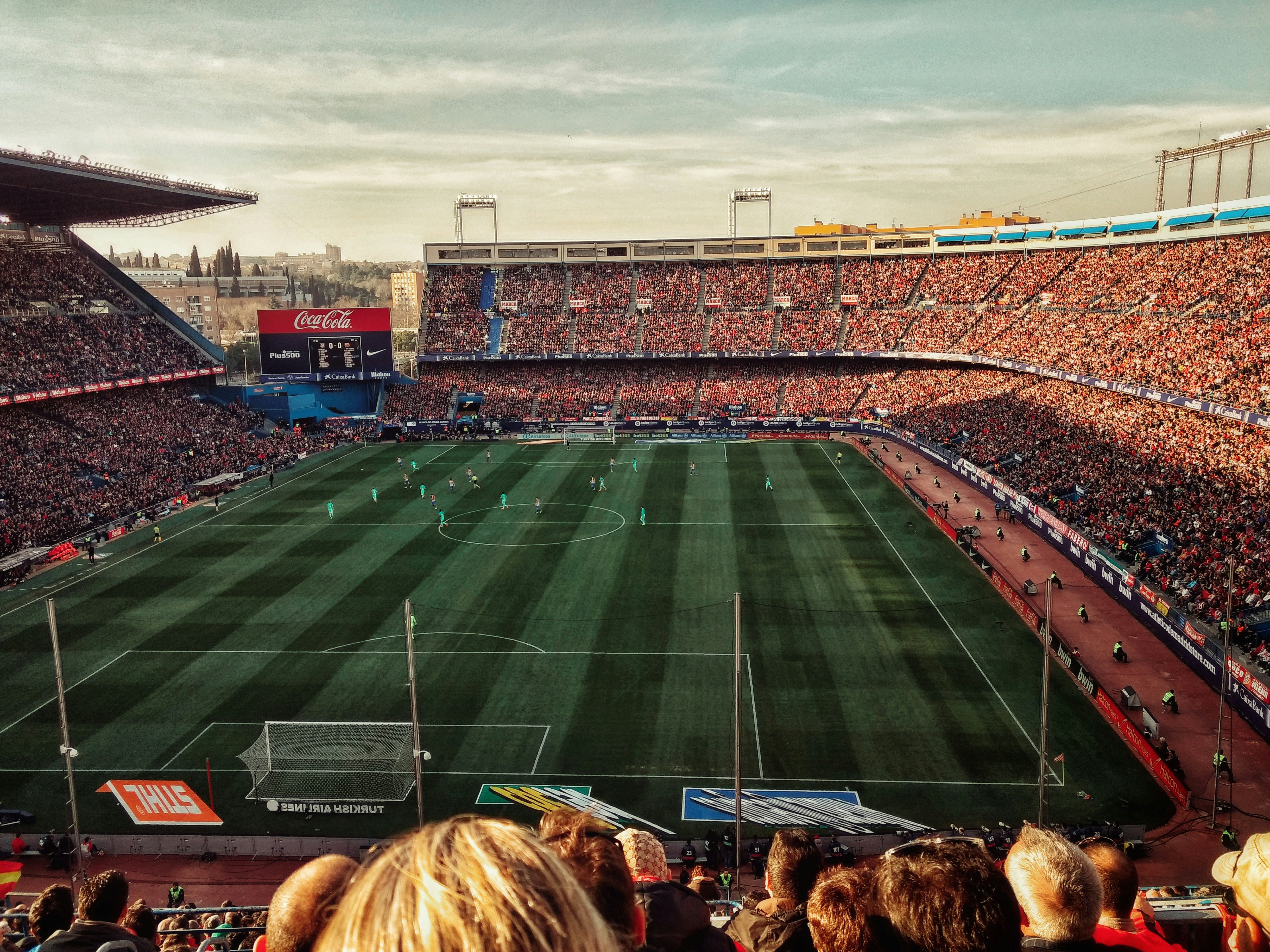What to Know Before Searching for FIFA Tickets Online
Finding FIFA tickets isn’t just about typing a phrase into a search bar — major tournaments use layered release phases, seating formats, and match-stage structures that shape what fans actually see. Understanding how categories work, why certain options appear at specific times, and what influences visibility can make the whole process feel more organized. This guide walks through the key factors that help readers navigate the landscape with more clarity, without promising outcomes or access.

The FIFA World Cup ticketing process operates through a sophisticated system designed to manage millions of ticket requests from fans worldwide. Understanding this framework before beginning your search can significantly improve your chances of securing seats and help you make informed decisions about which matches and seating options align with your budget and preferences.
How Ticket Categories Are Organized for Major Tournaments
FIFA organizes World Cup tickets into distinct categories that reflect different price points and viewing experiences. Category 1 tickets offer the best seats in premium locations, typically positioned at midfield with optimal sightlines. Category 2 provides good viewing angles at moderate prices, while Category 3 represents the most affordable option with seats behind goals or in upper tiers. Additionally, accessibility tickets ensure fans with disabilities can enjoy matches with appropriate accommodations and companion seating.
Each category maintains consistent pricing within match types, though costs vary significantly based on the specific game’s importance. Group stage matches command lower prices than knockout rounds, with the final representing the premium tier across all categories.
What to Know About Release Phases and Timing
FIFA releases World Cup tickets through multiple phases spread across several months before the tournament. The first sales phase typically opens approximately one year before the event, featuring a lottery system for the most popular matches. During this period, fans submit applications rather than purchasing tickets directly, with FIFA conducting random draws to allocate available seats.
Subsequent phases follow first-come, first-served principles, releasing remaining inventory and returned tickets. A final sales phase usually occurs closer to the tournament, offering last-minute opportunities for unsold seats. Understanding these phases helps fans plan their approach and manage expectations about availability.
Differences Between General, Category, and VIP Seating Formats
General admission tickets provide access to designated seating areas without specific seat assignments, common in some venues for certain matches. Category seating, as mentioned earlier, offers assigned seats within defined price and location tiers. VIP packages represent the premium experience, including hospitality services, exclusive areas, food and beverage offerings, and prime seating locations.
VIP experiences often bundle multiple matches with accommodation and transportation services, targeting fans seeking comprehensive tournament packages. These options command significantly higher prices but provide enhanced comfort and convenience throughout the event.
How Match Stages Influence Available Options
Ticket availability and pricing structures change dramatically as the tournament progresses. Group stage matches typically offer the widest selection and most affordable prices, as 48 games spread demand across multiple venues and time slots. Round of 16 matches see reduced availability and increased prices, while quarter-finals and semi-finals command premium rates with limited inventory.
The final match represents the tournament’s pinnacle, with tickets becoming extremely scarce and expensive. Many fans find group stage matches provide excellent value, offering authentic World Cup atmosphere at more accessible price points while guaranteeing specific teams and matchups.
How Digital Ticketing Systems Present Choices to Fans
FIFA’s official ticketing platform presents options through interactive venue maps, allowing fans to visualize seating locations and compare categories. The system displays real-time availability, pricing information, and package details while guiding users through application or purchase processes. Mobile-responsive design ensures accessibility across devices, though high traffic during release periods can cause delays.
The platform integrates with FIFA’s fan ID system, requiring account creation and identity verification before ticket purchases. This system helps prevent unauthorized resales while ensuring legitimate fans receive priority access to available inventory.
| Ticket Category | Price Range (USD) | Typical Location | Experience Level |
|---|---|---|---|
| Category 3 | $70-200 | Behind goals, upper tiers | Standard viewing |
| Category 2 | $150-400 | Side sections, good angles | Enhanced viewing |
| Category 1 | $300-800 | Midfield, premium locations | Optimal experience |
| VIP Packages | $1,000-5,000+ | Premium areas with hospitality | Luxury experience |
Prices, rates, or cost estimates mentioned in this article are based on the latest available information but may change over time. Independent research is advised before making financial decisions.
Successful FIFA ticket acquisition requires patience, flexibility, and thorough preparation. Understanding the various systems, phases, and options available helps fans make strategic decisions about which matches to target and which seating categories fit their preferences and budgets. While the process can seem complex, millions of fans successfully navigate these systems each tournament cycle to witness football history firsthand.




